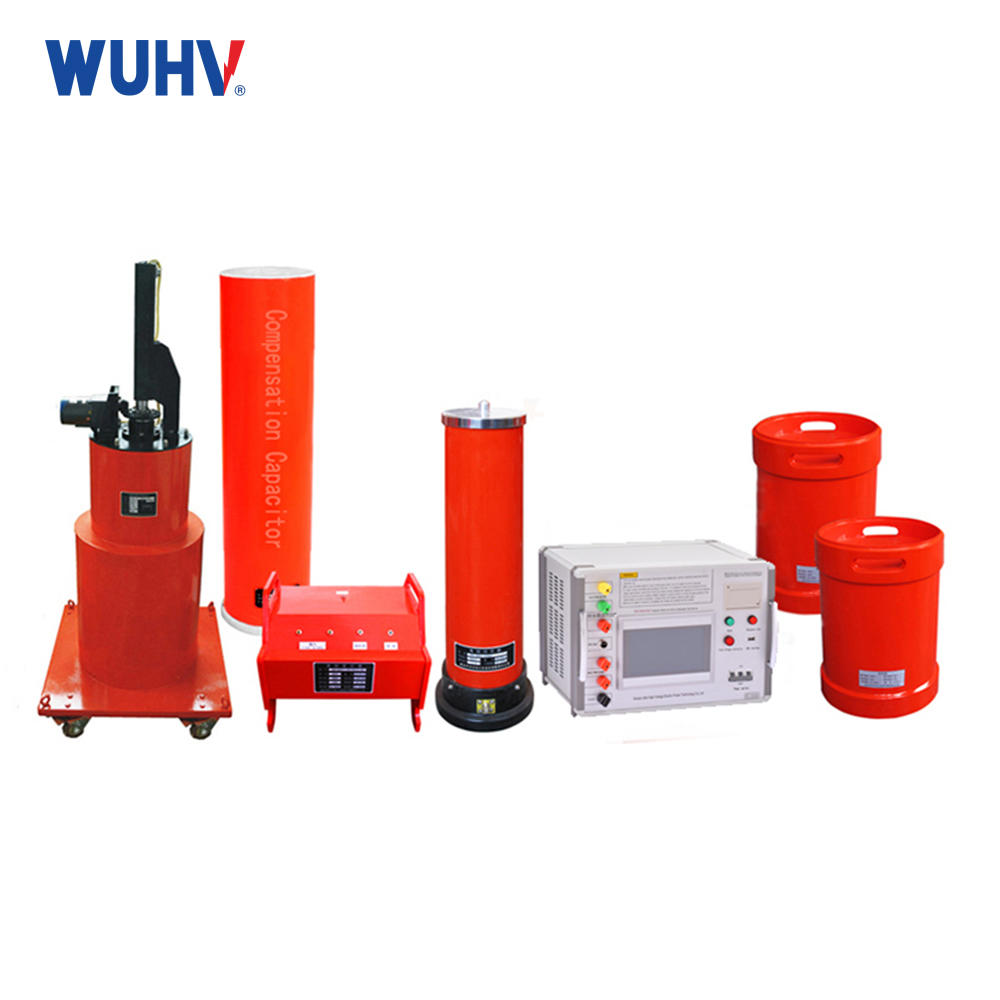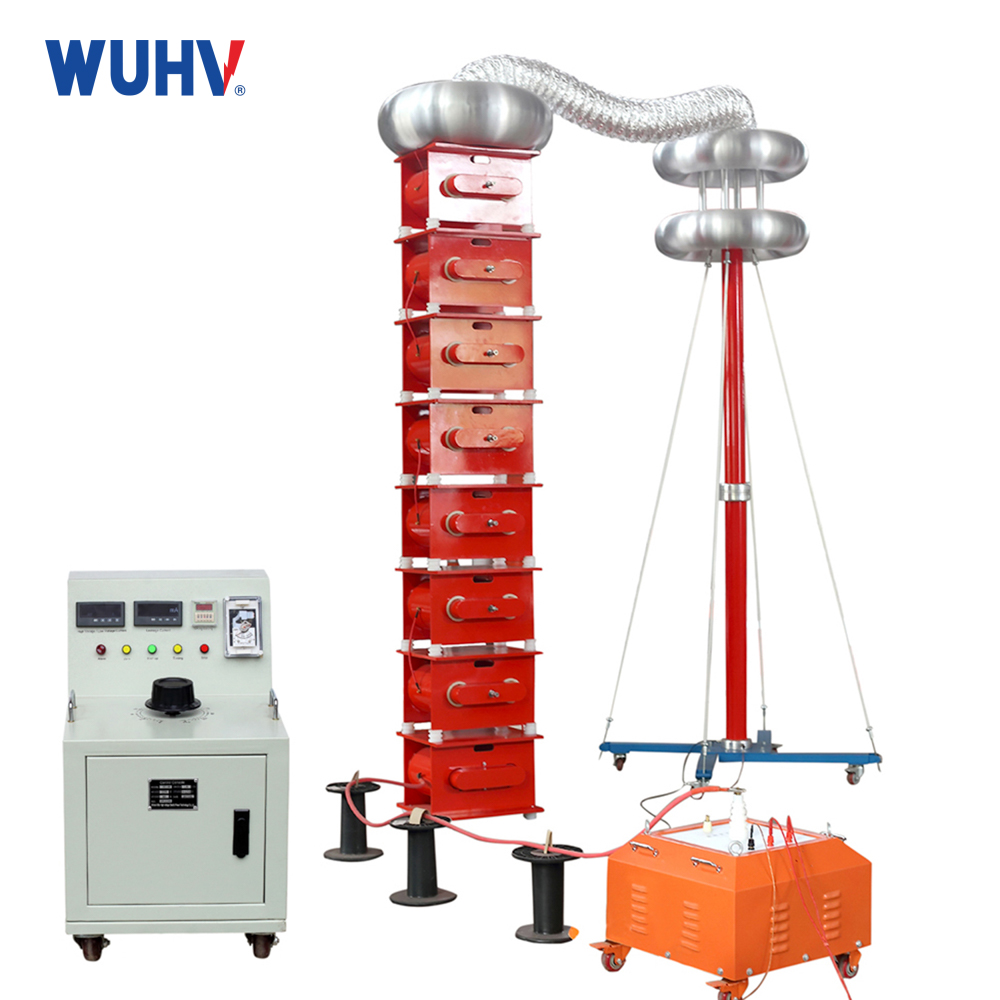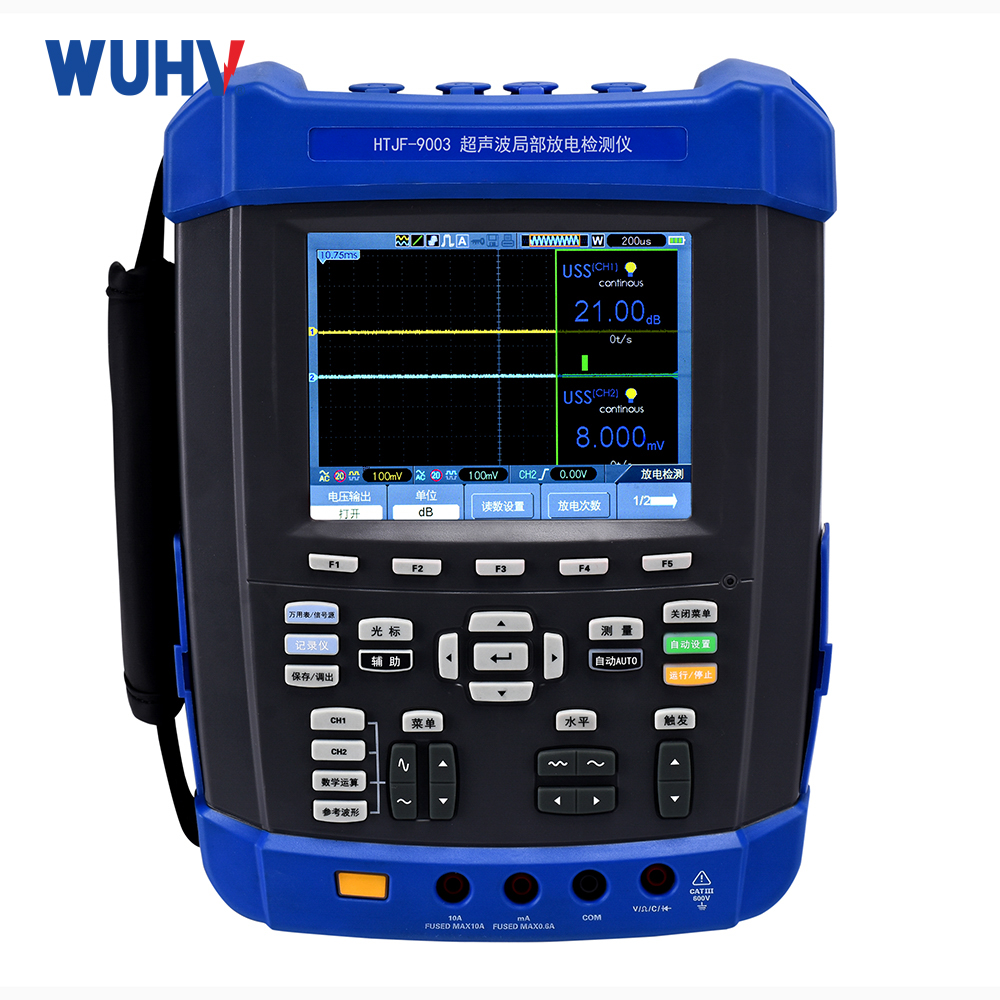The battery charging and discharging tester under the UHV power company can help many power workers conduct various power tests more conveniently.

1. When the battery is charged, under the action of an external power source, lead metal sulfate is reduced to pure lead and lead in the electrolyte, and a large number of electrodes return from the negative electrode to the positive electrode plate. This forms a charging current. As the battery is charged, the sulfuric acid in the electrolyte continues to increase, and the density of the electrolyte gradually increases. The more it is charged, the higher the density of the electrolyte.
However, after all the sulfation is completed, the density of the electrolyte also reaches its highest. If charging continues, this electricity will electrolyze water, generating hydrogen and oxygen, which is the charging process. "Foam". This process involves converting external electrical energy into chemical energy and storing it in the battery.
2. When the battery is discharged, sulfuric acid reacts chemically with lead and lead on the positive and negative plates, producing lead sulfate and water, and a large number of electrons are discharged from the negative plate to the positive plate during this process. Currently. Due to the increase of moisture in the electrolyte, the density of the electrolyte gradually decreases, and the more discharge times, the lower the density of the electrolyte.
As the reaction progresses, the amount of sulfate on the plate increases, the reaction rate slows down, and the discharge capacity increases; When most of the electrode plates are covered with lead, the reaction is basically terminated, which is called "electric power", and the density of the electrolyte is also reduced to the lowest. This process is the process of converting the chemical energy of a battery into electrical energy.
Basic principles of battery charging and discussion tester:
measuring principle
Therefore, the terminal voltage in float charging state cannot truly reflect the performance of the battery.
2. The full capacity discharge test is still the most accurate and effective method for testing the actual capacity of a battery pack. We know that the capacity of a battery pack is equal to the capacity of the battery pack in the battery cell. Therefore, the detection of battery packs can be transformed into the detection of outdated batteries, identifying their capacity, measuring their capacity, and obtaining the capacity of the battery pack.
The main functions of the battery charge and discharge tester are:
1. It has a constant current discharge function for battery packs. Constant current discharge current: 0-30A continuously adjustable, capable of accurately measuring the capacity of a 20V battery pack for power operation.
2. Equipped with intelligent charging function for battery packs. Charging current: 0-30A continuously adjustable, capable of meeting the charging and maintenance needs of the battery pack.



















